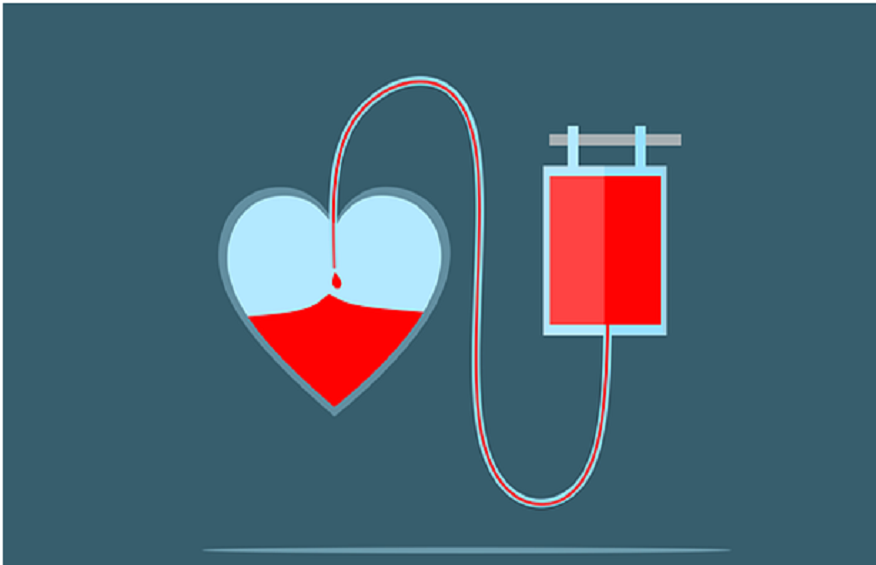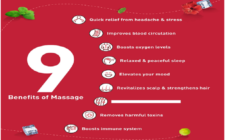The heart serves as a vital organ responsible for pumping oxygenated blood to various parts of the body. One crucial aspect of cardiovascular health is heart rate, also known as normal pulse rate. Monitoring heart rate and understanding the difference between normal and dangerous heart rates can provide valuable insights into overall cardiovascular wellness.
In this blog, we’ll delve deeper into the significance of heart rate monitoring, cardiac arrest symptoms, differentiate between normal and dangerous heart rates, and discuss the importance of heart rate in maintaining optimal cardiovascular health.
Understanding Normal Pulse Rate
Pulse rate refers to the number of times the heart beats per minute, commonly measured by placing fingers on the pulse points, such as the wrist or neck. Several factors can influence an individual’s pulse rate, including age, fitness level, emotions, and medication use.
Age-specific normal pulse rate ranges exist, as heart rates tend to be higher in infants and gradually decrease with age. A normal heart resting rate typically ranges from 60 to 100 beats per minute for adults. However, well-conditioned individuals often exhibit lower heart resting rates due to improved cardiovascular efficiency.
Regular physical exercise, including aerobic activities like running or cycling, strengthens the heart muscle and allows it to pump more efficiently, resulting in a lower heart resting rate.
Recognizing Cardiac Arrest Symptoms
Cardiac arrest is a life-threatening condition when the heart suddenly stops beating. It requires immediate medical attention to restore normal heart rhythm. Recognizing the cardiac arrest symptoms is crucial for timely intervention and potentially saving a person’s life.
Cardiac arrest symptoms may include sudden loss of consciousness, absence of breathing, or gasping for air. In addition, a lack of pulse can indicate a cardiac arrest event. If someone is suspected of experiencing cardiac arrest, it is essential to act quickly by calling emergency medical services and initiating cardiopulmonary resuscitation (CPR) until professional help arrives.
Identifying Dangerous Heart Rates
Dangerous heart rates can manifest as tachycardia or bradycardia. Tachycardia is a heart rate exceeding the normal range, typically surpassing 100 beats per minute. Various factors, including stress, anxiety, physical exertion, dehydration, certain medications, and underlying medical conditions like thyroid problems or cardiac disease, can cause it.
Persistent or extreme tachycardia can increase the risk of complications, including heart failure, blood clots, and stroke. Symptoms of tachycardia may include:
1. A rapid pulse
2. palpitations, Shortness of breath
3. Chest discomfort
4. Dizziness
5. Fainting
Proper medical evaluation is crucial for diagnosing the underlying cause of tachycardia and determining appropriate treatment options.
Conversely, bradycardia is characterised by a heart rate below the normal range, often below 60 beats per minute. It can occur due to certain medications (such as beta-blockers), electrolyte imbalances, underlying heart conditions, or an overactive vagus nerve. Bradycardia may lead to insufficient blood flow and oxygen supply to the body, causing symptoms such as dizziness, fatigue, fainting, or even cardiac arrest. Medical evaluation is crucial to determine the cause of bradycardia and establish an appropriate treatment plan.
The Importance of Resting Heart Rate
Resting heart rate refers to the heart rate when the body is at rest, typically measured after waking up in the morning or during periods of relaxation. It provides valuable insights into overall cardiovascular health.
Normal heart resting rate ranges can vary based on age. In adults, a resting heart rate below 60 beats per minute is considered healthy, while rates between 60 and 100 bpm are generally within the normal range. However, individuals who exercise regularly and maintain a high level of cardiovascular fitness often exhibit resting heart rates below 60 beats per minute. This lower resting heart rate indicates a more efficient heart that can pump adequate blood with fewer beats.
Resting heart rate is influenced by various factors, including fitness level, stress, and hormonal balance. Regular aerobic exercise, such as jogging, swimming, or cycling, improves cardiovascular fitness and contributes to a lower resting heart rate. Managing stress through techniques like meditation, deep breathing exercises, or engaging in hobbies can also help maintain a healthy resting heart rate.
Heart Rate and Cardiac Disease
Heart rate and cardiovascular disease are closely intertwined. Elevated resting heart rate and reduced heart rate variability (the variation in time intervals between heartbeats) have been associated with an increased risk of cardiac events, including heart attacks, arrhythmias, and cardiac death.
Monitoring heart rate and rate variability can provide valuable information for diagnosing and managing cardiac conditions. Advanced technologies, such as Holter monitors or wearable devices equipped with heart rate sensors, allow individuals to track their heart rate trends over time. This data can help identify any abnormalities or irregularities requiring medical attention.
Heart Rate Monitoring and Management
Monitoring heart rate can be done using various methods, ranging from manually checking the pulse to utilising wearable devices for continuous heart rate tracking. Wearable technology like smartwatches or fitness trackers, provides convenient and accessible options for monitoring heart rates throughout the day. These devices offer real-time heart rate monitoring, resting heart rate analysis, and tracking heart rate trends over time.
In addition to monitoring heart rate, certain lifestyle choices can significantly impact heart rate regulation and overall cardiovascular health. Regular physical exercise, including aerobic and strength training, helps improve cardiovascular fitness and maintain a healthy heart rate. Stress management techniques, such as meditation, deep breathing exercises, or engaging in hobbies, can help keep stress levels in check and contribute to optimal heart rate control. A balanced diet of fruits, vegetables, whole grains, lean proteins, and healthy fats supports cardiovascular health.
Seeking medical advice is crucial if individuals notice persistent abnormal heart rate patterns, experience concerning symptoms, or have a history of cardiac conditions. A healthcare professional can provide an accurate diagnosis, suggest appropriate treatment options, and offer guidance on managing heart rate for optimal cardiovascular wellness.
Conclusion
Understanding the role of heart rate in cardiovascular wellness is essential for maintaining a healthy heart and preventing potential cardiac events. Differentiating between normal and dangerous heart rates allows individuals to recognize warning signs, seek timely medical attention, and make lifestyle adjustments to promote heart health. By monitoring heart rate, adopting healthy habits, and seeking professional guidance, we can take proactive steps towards achieving a healthier cardiovascular system and overall well-being.
If you experience any heart problems, visit a super speciality hospital today!




